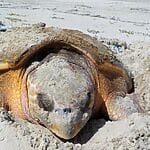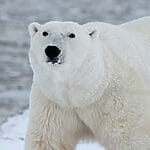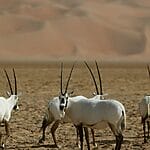9 Interesting Animals in Ecuador You May Not Know
Ecuador is a country with a rich diversity of wildlife, from the giant anteaters of the Amazon rainforest to the Galapagos tortoises of the Galapagos Islands.
With over 1,700 species of birds, 400 species of mammals, and 350 species of reptiles, Ecuador is a wildlife lover’s paradise. But what makes Ecuador’s wildlife so special?
Maybe its how many animal lovers visit here on holidays to explore interesting animals in Ecuador.
What secrets do these interesting animals in Ecuador hold?
Well for that we have listed 9 most interesting animals in Ecuador below with facts you never heard of. This blog covers all the fascinating facts from massive anteaters to spider monkeys.
National Parks for Interesting Animals in Ecuador
Ecuador is home to some of the most biodiverse national parks in the world.
From the Ecuador rainforest to the interesting animals in Ecuador on the Galapagos Islands in the Pacific Ocean, these parks are home to a wide variety of animals, including giant anteaters, jaguars, poison dart frogs, and sea lions. These parks are a haven for wildlife, and they offer visitors a unique opportunity to see these animals in their natural habitat.
Galapagos National Park
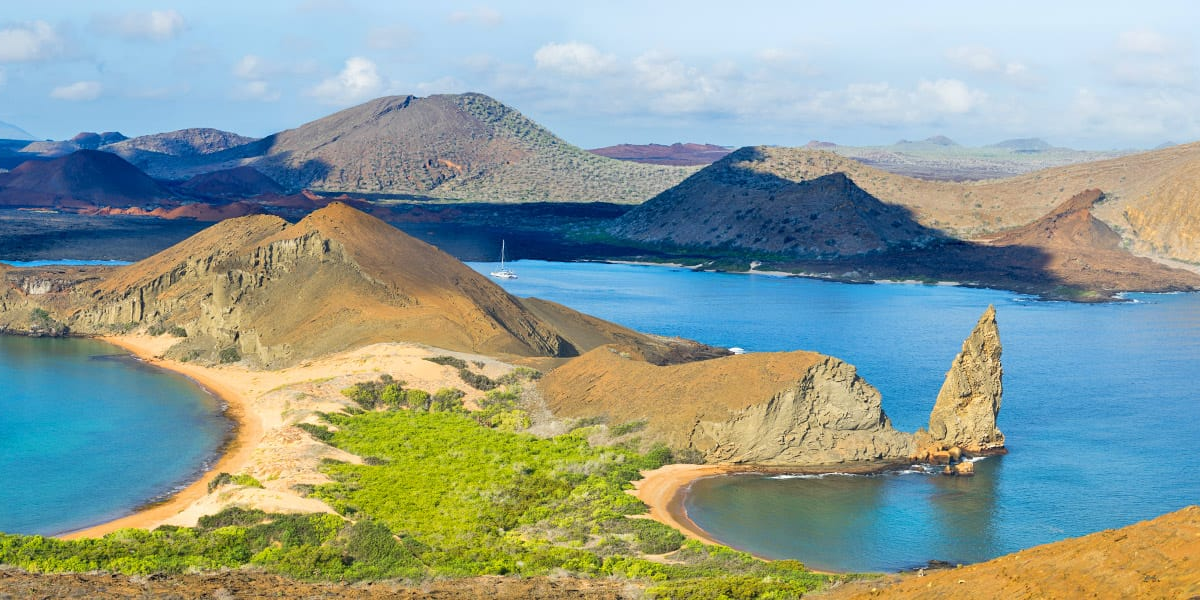
The Galapagos National Park is a UNESCO World Heritage Site and one of the most biodiverse places on Earth. The park is home to a wide variety of animals, including giant tortoises, Galapagos penguin, iguanas, penguins, and Galapagos sea lion.
The giant tortoises, iguanas, and penguins are the most interesting animals in the Galapagos Islands.
Cotopaxi National Park
Cotopaxi National Park is home to many wildlife, including Andean bears, condors, and hummingbirds.
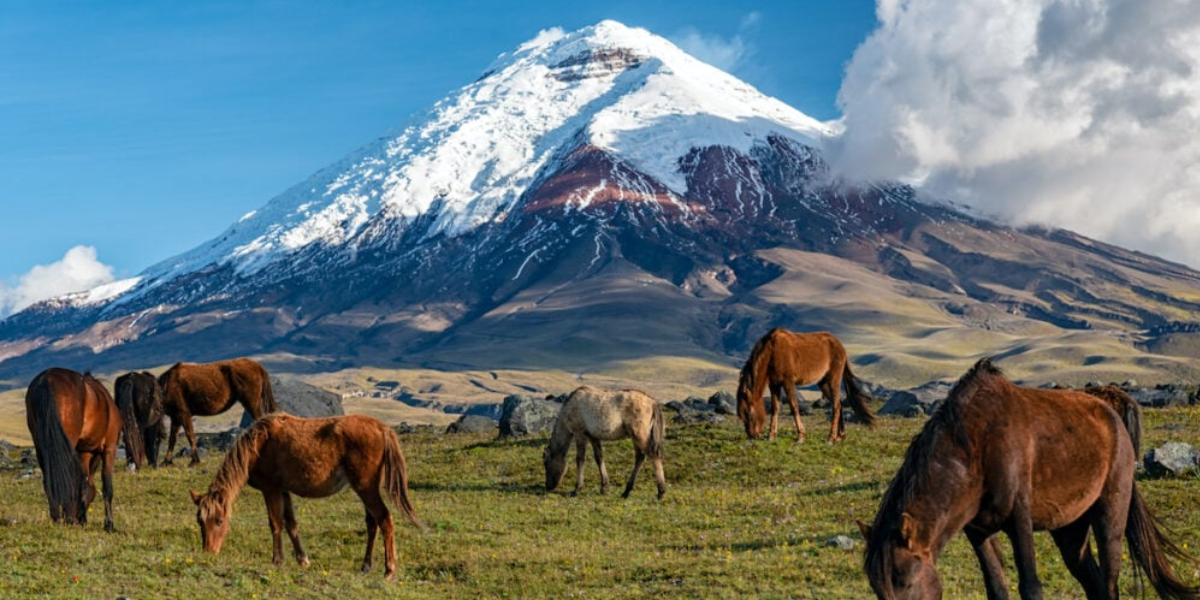
The park includes foxes, deer, and pumas. The park’s altitude ranges from 9,000 to 19,347 feet (2,743 to 5,897 meters), so the animals that live in the park have adapted to the high altitude.
Yasuní National Park
Yasuní National Park is the largest Biodiverse rainforest with oil and indigenous people in Ecuador and many interesting animals including jaguars, ocelots, and poison dart frogs. This 100 year old park is located in the Amazon rainforest and is home to a number of indigenous groups.
Let’s Explore the 9 most Interesting Animals in Ecuador
Here’s a sorted list of top 9 most interesting animals in Ecuador, you might feel really fascinating with unique facts.
Giant Anteaters
Giant anteaters are the largest anteater species in the world. They are found in the tropical rainforests of South America. They have long, sticky tongues that they use to slurp up ants and termites. They can eat up to 30,000 ants or termites in a single day.
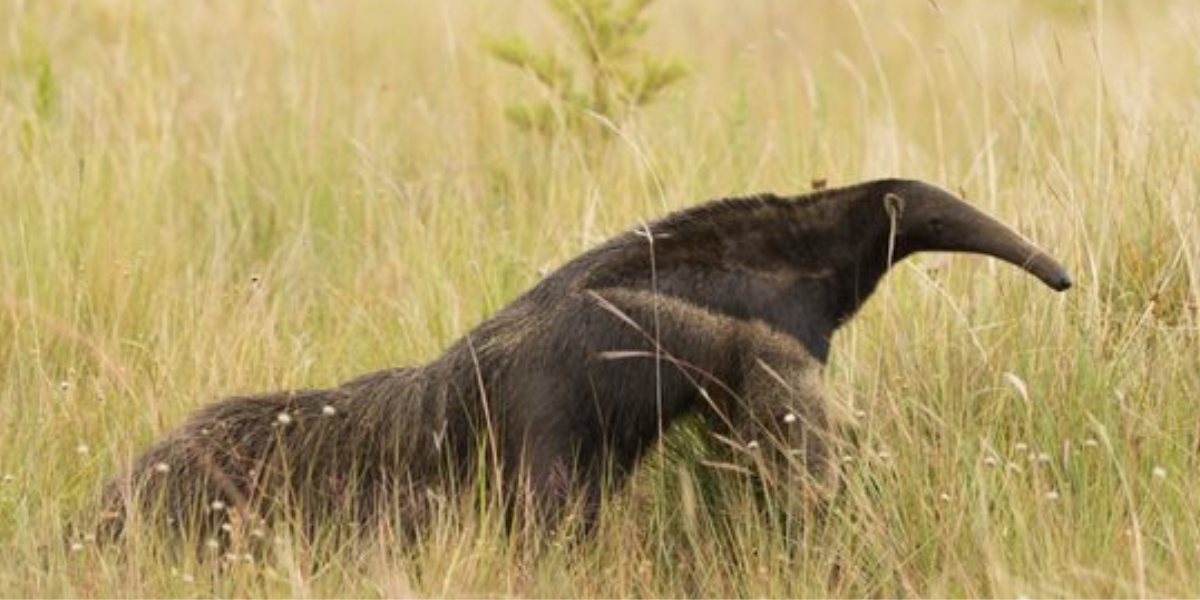
Giant anteaters are solitary animals and only come together to mate. The female gives birth to a single cub, which she carries on her back for first several months after birth. Giant anteaters are listed as vulnerable on the IUCN Red list, due to habitat loss and hunting.
Interesting facts about giant anteaters:
They have no teeth.
Their fur is covered in spines to protect them from the ants and termites they eat.
They can run up to 30 miles per hour.
They have a lifespan of up to 30 years.
Giant anteaters are fascinating creatures that play an important role in the rainforest ecosystem. They help to control the populations of ants and termites. They are also a source of food for other animals, such as jaguars and ocelots.
Galapagos Tortoises
Galapagos tortoises are interesting animals in Ecuador and largest tortoise species in the world. They are found on the Galapagos Islands, which are located off the coast of Ecuador. There are 13 different species of Galapagos tortoises, each of which is adapted to its own specific environment.
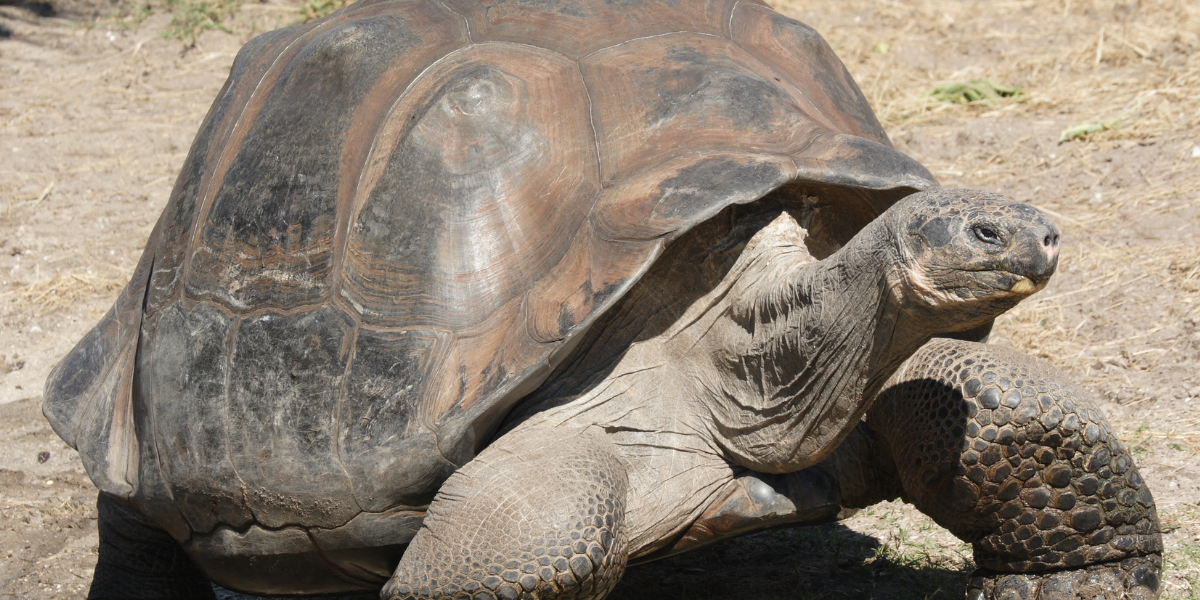
Galapagos tortoises are herbivores and eat a variety of plants, including grasses, leaves, and cacti. They can live for over 100 years and can weigh up to 500 pounds.
Galapagos tortoises lives alone, and only interact for mating. The female lays a clutch of 5-16 eggs, which hatch after about 130 days. The young tortoises are independent from birth and can fend for themselves.
Interesting facts about Galapagos tortoises:
They can survive without water for a long time period.
They can store water in their bladders for up to a year.
They can survive for months without food.
They are an important part of the Galapagos ecosystem and help to disperse seeds.
Jaguars
Jaguars are the largest wild cats in the Americas and the third largest in the world. They are found in the tropical rainforests of South America, from Mexico to Argentina.
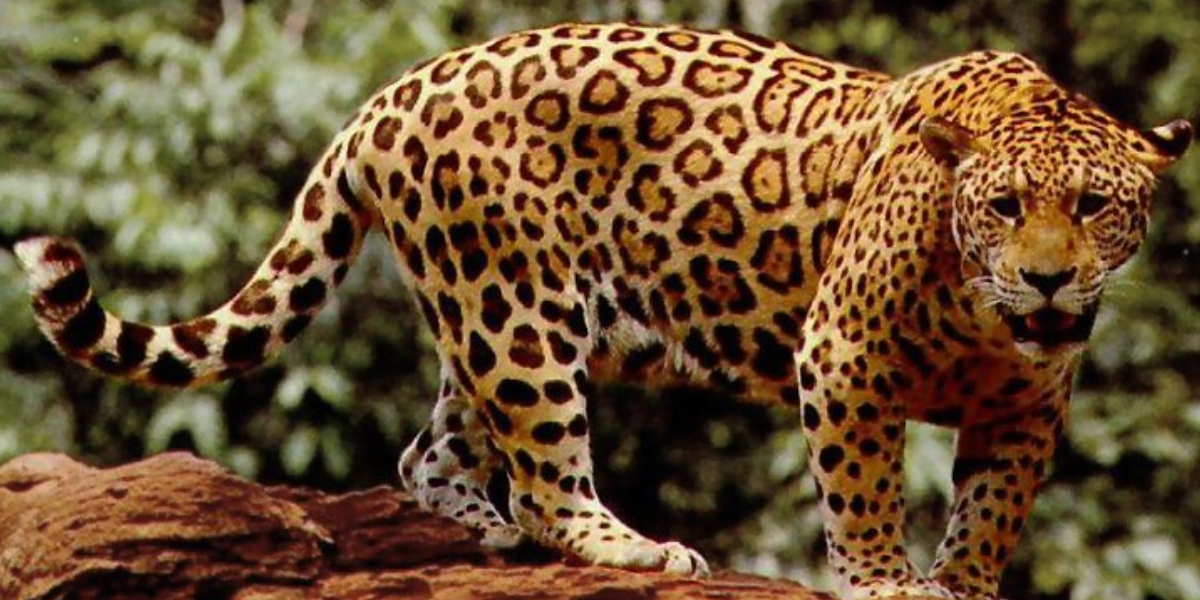
In breeding season, they interact with other jaguars for finding their mate. The female gives birth to a litter of 2-4 cubs, which she raises for about 2 years.
Jaguars are apex predators and their diet consists of a variety of animals, including deer, tapirs, caimans, and even capybaras. They are excellent swimmers and climbers, and they can even take down prey that is larger than themselves.
Interesting facts about Jaguars:
They have the strongest bite of any big cat.
Their fur is covered in spots called rosettes, which help them to camouflage themselves in the rainforest.
They are an important part of the rainforest ecosystem and help to keep populations of prey animals in check.
They are considered to be near-threatened on the IUCN Red List, due to habitat loss and hunting.
Jaguars are the national animal of Mexico.
The name “jaguar” comes from the Native American word “yaguar”, which means “he who kills with one leap.
Jaguars are excellent swimmers and have been known to catch fishes.
Poison Dart Frogs
Poison dart frogs are small, brightly colored frogs that are found in the tropical rainforests of Central and South America. They get their name from the fact that their skin contains poison, which they use to defend themselves from predators.
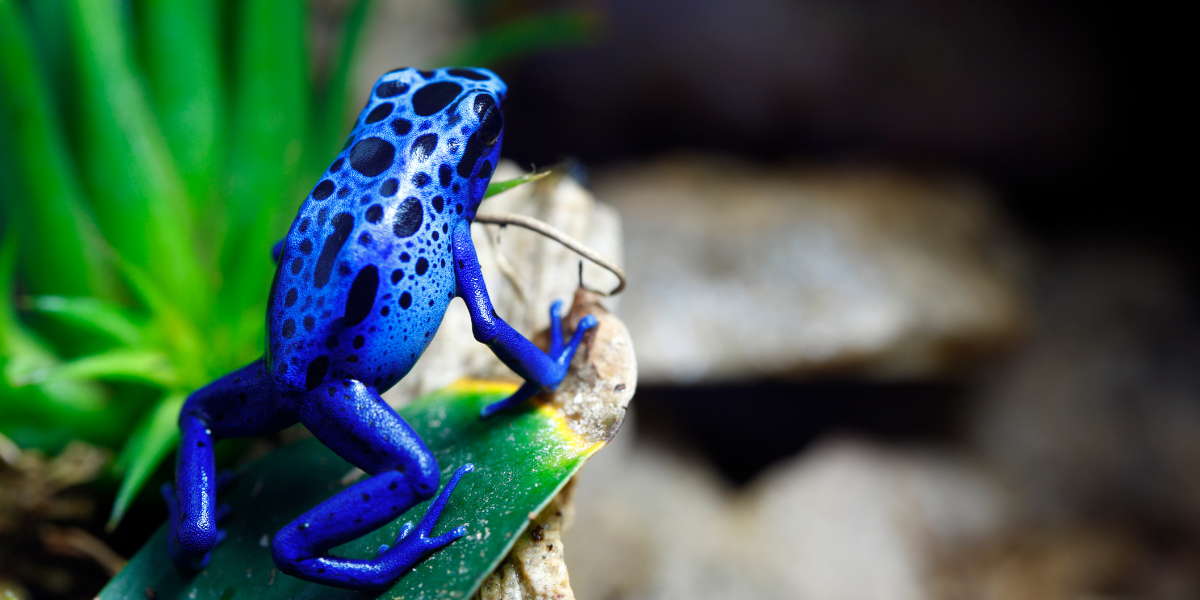
Poison dart frogs are not aggressive animals, and they will only use their poison if they feel threatened. The amount of poison in a poison dart frog’s skin varies depending on the species. But it can be enough to kill a human.
Poison dart frogs breed during the rainy season. The female lays her eggs in a water-filled cavity, and the tadpoles hatch after about two weeks. The tadpoles develop into frogs in about three months.
Interesting facts about poison dart frogs:
The poison in poison dart frogs comes from the insects they eat.
The poison dart frog with the most potent poison is the golden poison frog, which can kill up to 10 adult humans.
Their poison is used by some indigenous tribes to tip their arrows.
Poison dart frogs are an important part of the rainforest ecosystem, and they help to control populations of insects.
Sea Lions
Sea lions are marine mammals that are found in the coastal waters of the Northern and Southern Hemispheres in Pacific Ocean.
They are closely related to seals, but they have longer flippers and can walk on all fours. Sea lions are excellent swimmers and divers, and they can stay underwater for up to 20 minutes.
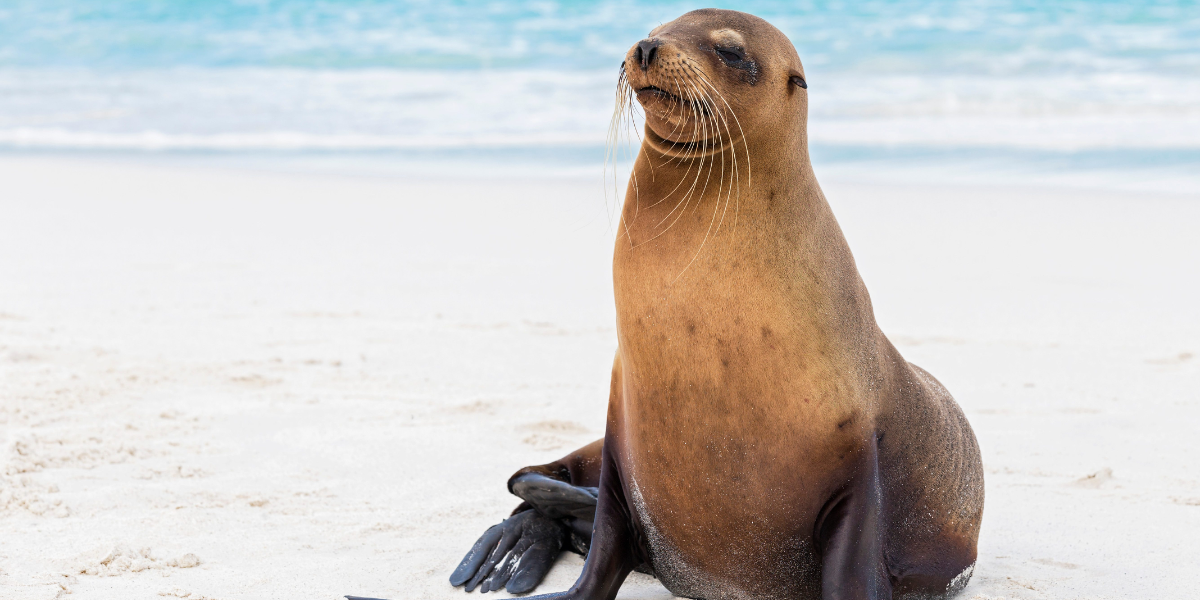
Sea lions are social animals and live in groups called herds or rookeries. They breed during the summer months, and the female gives birth to a single pup. The pup is weaned at around 6 months old, and it reaches sexual maturity at around 3 years old.
Interesting facts about sea lions:
Sea lions are carnivores and their diet consists of fish, squid, and octopus.
They are an important part of the marine ecosystem and help to control populations of fish.
They are listed as least concern on the IUCN Red List, but some populations are endangered animals and declining due to habitat loss and pollution.
Spectacled Bears
Spectacled bears (Tremarctos ornatus) are interesting animals in Ecuador and the only species of bear native to South America. They are found in the Andes Mountains, from Venezuela to Bolivia.
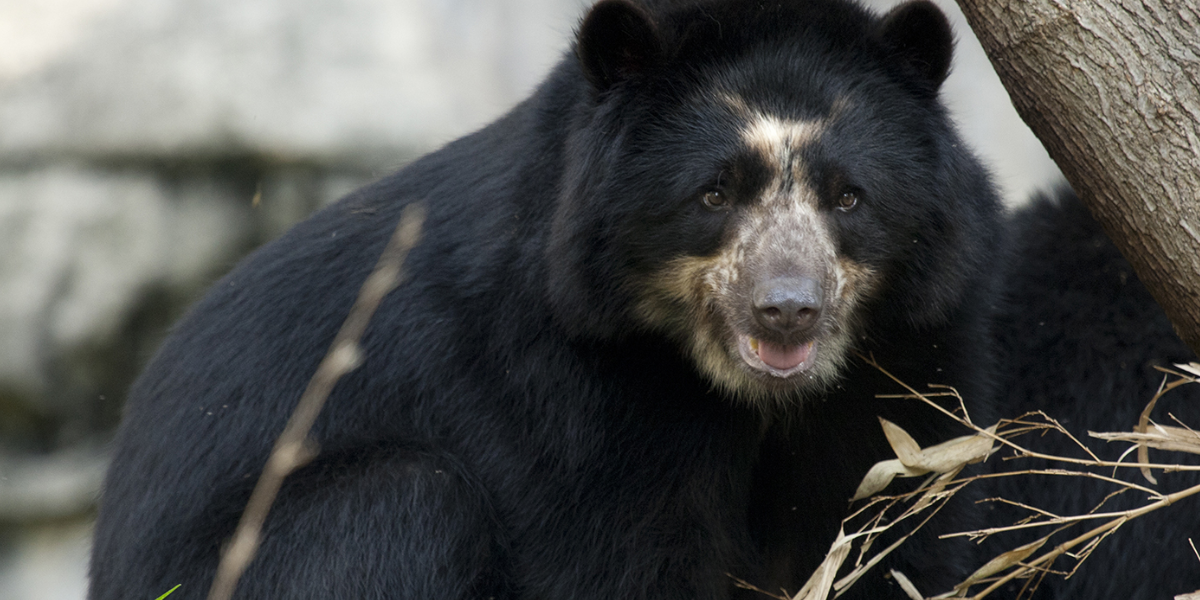
Spectacled bears are omnivores and their diet consists of fruits, insects, honey, and small animals. They are also known to eat crops, which can make them a nuisance to farmers.
These bears are solitary animals and socialize to find out their mate in breeding season. The female gives birth to a single cub, which she raises for about 2 years. Spectacled bears are listed as vulnerable on the IUCN Red List, due to habitat loss and hunting.
Interesting facts about Spectacled Bears:
They are the smallest species of bear in the world.
They have distinctive white markings around their eyes, which resemble spectacles.
They are excellent climbers and can often be seen high up in the trees.
They are an important part of the Andean ecosystem and help to disperse seeds.
Marine Iguanas
Marine iguana is the only species of interesting animals in Ecuador on the Galapagos Islands. They are the only lizards in the world that are able to feed in the sea.
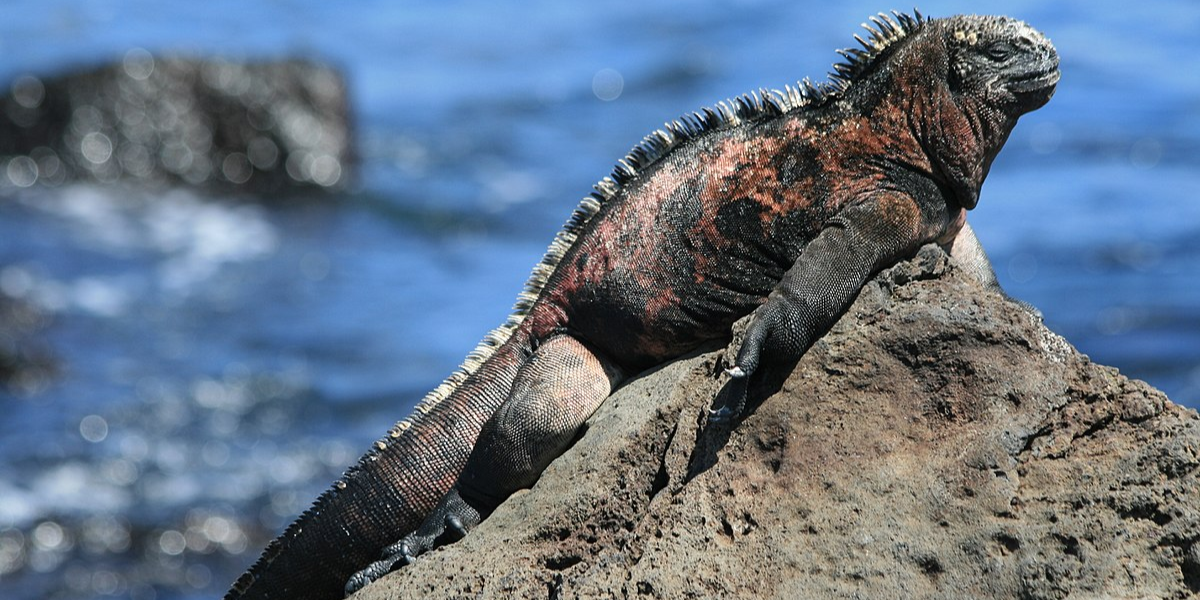
Marine iguanas eat algae, which they scrape off rocks underwater. They can hold their breath for up to 30 minutes and dive to depths of over 60 feet.
Marine iguanas are social animals and they gather in large groups to bask in the sun. They are also very territorial and fight each other for access to food and mates.
Marine iguanas are listed as Vulnerable on the IUCN Red List of Threatened Species. The main threats to marine iguanas are habitat loss, climate change, and introduced predators.
Interesting facts about marine iguanas:
Marine iguanas have special glands that allow them to excrete excess salt.
Male marine iguanas can grow up to 5 feet long and weigh up to 20 pounds.
Female marine iguanas lay about 50 eggs at a time.
The eggs hatch after about 2 months.
Andean fox
The Andean fox, also known as the culpeo, is a medium-sized canid found in the Andes Mountains of South America. It is the second largest canid in South America, after the maned wolf.

Andean foxes are typically reddish-brown in color, with a white belly and a black stripe down the back. They have long legs and a bushy tail.
Andean foxes are carnivores and their diet consists of small mammals, birds, reptiles, and insects. They are also known to scavenge.
Andean foxes are solitary animals, except for during the breeding season. Females give birth to 1-4 pups in a den. Pups stay with their mothers for 6-8 months, and later they start exploring the world with their packs.
Andean foxes are listed as Least Concern on the IUCN Red List of Threatened Species. However, they are still vulnerable to habitat loss and fragmentation.
Interesting facts about Andean foxes:
They are excellent climbers and can often be seen high up in the mountains.
They have a keen sense of smell and can track prey over long distances.
They are very vocal animals and have a variety of different calls.
Blue Footed Booby
Blue-footed boobies are found in the Galapagos Islands and other parts of the Pacific coast of South America.
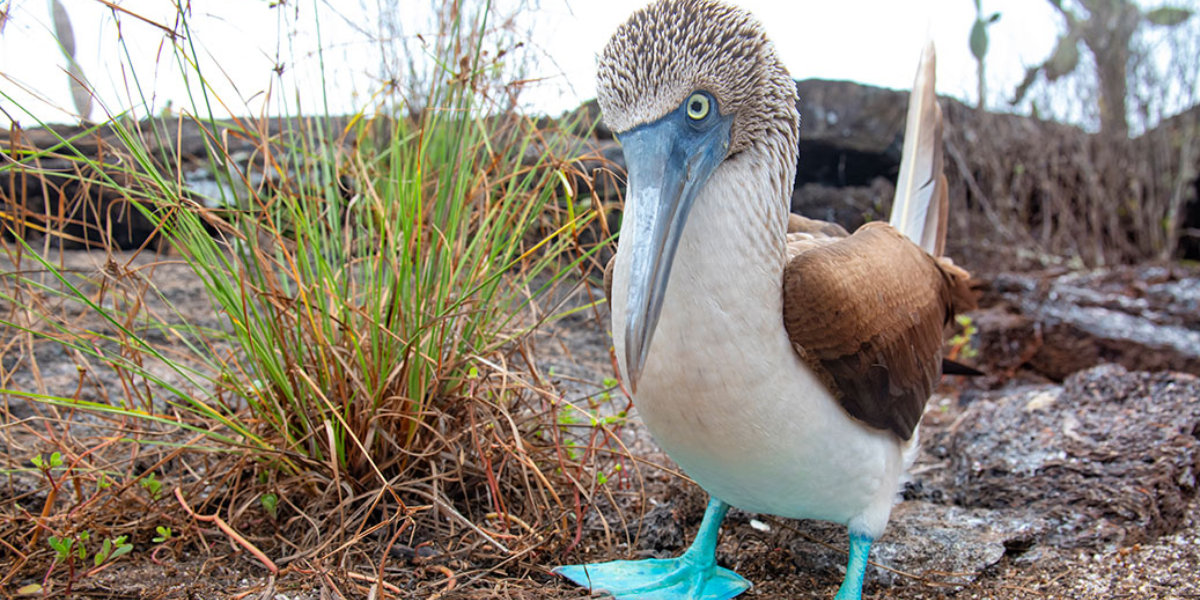
They are large seabirds with blue feet that they use to attract mates. Blue-footed boobies eat fish, squid, and other marine animals. They are excellent divers and can stay underwater for up to 30 seconds.
Blue-footed boobies are monogamous and mate for life. They build their nests on the ground and lay one or two eggs. The eggs hatch after about 60 days and the chicks fledge after about 10 weeks.
Blue-footed boobies are listed as Least Concern on the IUCN Red List of Threatened Species. However, they are still vulnerable to habitat loss and pollution.
Interesting facts about blue-footed boobies:
The blue color of their feet comes from carotenoid pigments in their diet.
Male blue-footed boobies strut around and show off their feet to attract mates.
Blue-footed boobies are a popular tourist attraction in the Galapagos Islands.
Frequently Asked Questions
What unique animals are in Ecuador?
Other animals that live in Ecuador include jaguars, ocelots, tapirs, monkeys, Galapagos penguin, pink river dolphins and sloths.
What is the most common animal in Ecuador?
The most common animal in Ecuador is the white-tailed deer.
What animals represent Ecuador?
The national animal of Ecuador, the Andean condor is a large bird of prey that is found in the Andes Mountains.
- What Should I Do If A Koala Bites Me? Safety Guide - 2024-05-30
- Are Kangaroos Born Without Hind Legs? A Fascinating Journey - 2024-05-30
- Animals That Look Like Squirrels - 2024-05-30



